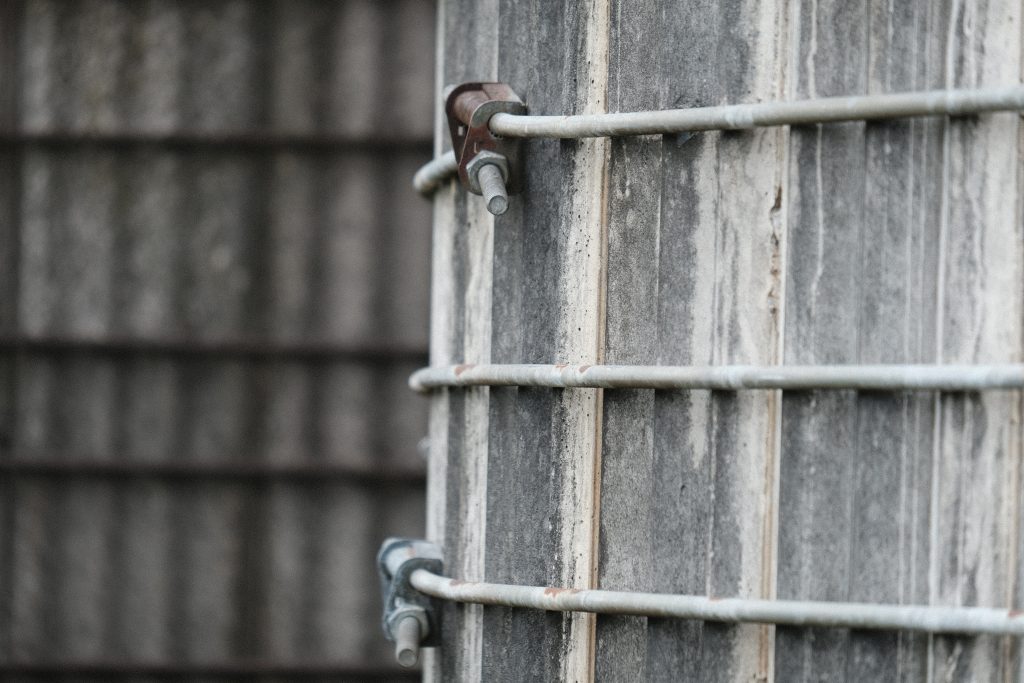
Three hour meeting bundles start at $700.
Start on a new journey today.

Three hour meeting bundles start at $700.
Start on a new journey today.
Sign up for our Muse-letter now!

Marcel Duchamp and Milton Avery. Image by Ivan Barnett.
“Art is not a mirror held up to reality but a hammer with which to shape it.” — Bertolt Brecht
If you work in the arts, you already feel it. The stakes are higher than ever. The pressure is real, and the moment is urgent. Today, across our country—and indeed, the world—we are witnessing a cultural reckoning that is targeting our institutions, our freedoms, and yes, our museums. The political climate has become one that tests not only our resolve, but our very relevance. In such times, what we do—what we choose to exhibit, elevate, and invest in—matters more than ever.
An unforgettable museum experience is not about perfection—it’s about provocation. It’s not merely about elegance and display, but impact. Museums that shake us to our core, that compel us to reconsider what we thought we knew, whether a blockbuster or not, those shows are the ones that live with us forever. When a museum gives us not just an exhibition, but a happening we’ve never seen before—a truth we have yet to confront, a beauty we can’t ignore—it etches itself into our memory and out entire being.
In the late 1960s, the Philadelphia Museum of Art hosted a landmark exhibition of Mauricio Lasansky’s “Nazi Drawings”. This series of 33 large-scale, mixed media drawings on paper was inspired by the trial of Adolf Eichmann and explored the artist’s profound disgust and outrage over the Holocaust. I had never in my life seen such powerful works.
I was overwhelmed with the scale of the drawings and the graphic impact that they had on me. This was an exhibition that at the time was so controversial that children were not allowed in the exhibition at all. This is all close to 60 years ago and only 20 years after the end of the Second World War. And of course, as a Jew, the exhibition had a level of impact that still to this day I will never forget.

Less is a lot more, Santa Fe—Paintings Maude Andrade. Image by Ivan Barnett
As Director of Patina Gallery, from 1999 until 2023, I did everything in my power to deliver those kinds of experiences, never as controversial as the Nazi Drawings yet driven by and over scale soul stirring beauty that could sweep the viewer away. But I did them in an unusual context: a gallery where work was for sale, yet the atmosphere was pure theater. Patina was not just a gallery; it was an act of cultural resistance—a museum-like space infused with intimacy, brilliance, and a fierce commitment to artists with vision as well as my own vision and passion for the unforgettable.
I created moments you couldn’t find anywhere else. We shattered the assumption that commerce and connoisseur-ship were mutually exclusive. We proved that a gallery could be both a market and a sacred space. And the reason it worked was simple: the standard never wavered. Excellence wasn’t a goal—it was the ground floor, the playing field for many championships.

Robert Riggs, the child prodigy. Image by Ivan Barnett.
If museums want to be unforgettable in this perilous time, they must do the same. They must refuse to compromise. They must champion the voices that the world needs to hear—especially those being silenced. They must not play it safe. To be safe is to be invisible. Safe is forgotten. Safe does not protect us from irrelevance.
I think about exhibitions that changed the conversation: Marina Abramović’s The Artist is Present at MoMA, Hilma af Klint at the Guggenheim, or Soul of a Nation at the Tate. These shows weren’t just great—they were necessary. They shook the public awake. They challenged museums to do better, say more, risk more.
Now is not the time to retreat. Now is the time to double down on audacity and risk everything to say “what you will.”

Steve Jobs, “Fearless Genius.” Image by Ivan Barnett.
At Patina, I connected dots others hadn’t seen. I brought together artists, materials, and ideas into a tapestry of unexpected resonance. And I did it again and again. That’s why Patina became a global destination. People remember how you made them feel. They remember the moment when art told them something they didn’t know they needed to hear.
Museums must lean into that responsibility now more than ever. We are not here to entertain. We are here to awaken. And in times like these, that mission is non-negotiable.
“To create one’s own world takes courage.” — Georgia O’Keeffe
© 2025
If you have any technical issues connecting with our Museletter, please contact us.